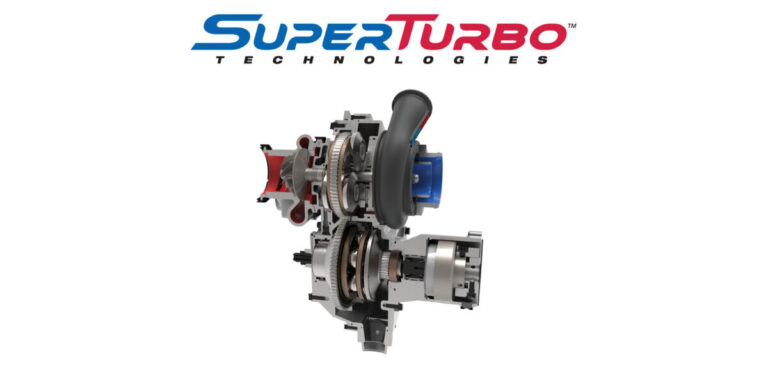AVL and USA-based powertrain developer SuperTurbo Technologies are to collaborate on a project investigating the emission reduction possibilities of the hydrogen internal combustion engine (H2ICE). Focusing specifically on commercial vehicle applications, they will explore the benefits of applying an innovative mechanically driven turbocharger drive unit to a 13-liter engine with H2 combustion.
According to the companies, the high-speed traction unit, or SuperTurbo, is an ‘on-demand’ air device that can be used to control the speed of turbomachinery independent of an engine’s exhaust flow and vary the relative ratio between engine speed and turbo speed. This is accomplished by utilizing mechanical components to either add or subtract power from the turbocharger shaft. The SuperTurbo employs a speed reduction fixed ratio planetary drive coupled with a continuously variable transmission. The result is a claimed increase in performance and efficiency, which translates to reduced emissions.
“The application of driven-turbo technology for H2ICE will enable full-cycle lean burn through precise air control and will also improve engine response,” said Thomas Waldron, EVP at SuperTurbo Technologies. “The collective AVL/SuperTurbo goal is to demonstrate low NOx emissions, performance similar to diesel, and improved engine efficiency. This could offer manufacturers a cost-effective path to carbon-free powertrains.”
AVL says it will leverage its experience to provide an engine map simulation including NOx emissions, torque, power, intake and exhaust system pressure and temperatures, peak cylinder pressure and combustion timing.
“This collaboration is an important step for AVL in continuing our commitment to innovation and advancements that demonstrate our technology leadership,” said Stephan Tarnutzer, president at AVL North America. “H2ICE applications can provide significant advantages in commercial vehicles, and we believe this collaboration will show even further emission and efficiency benefits.”


